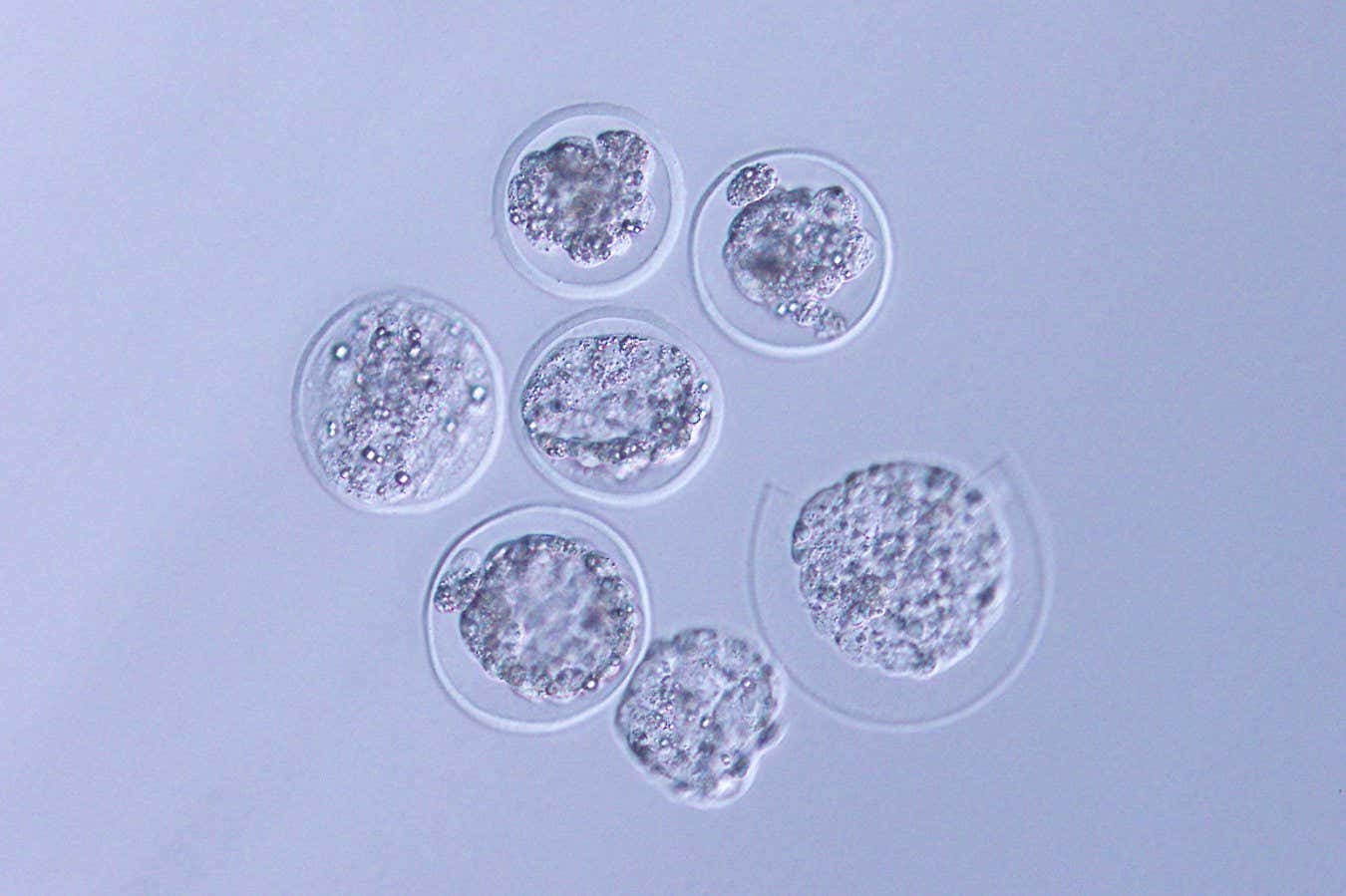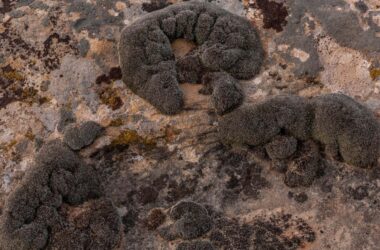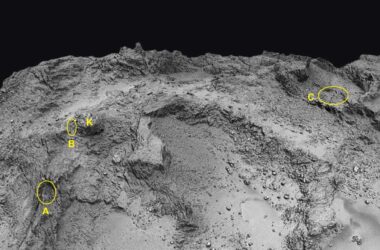For the first time, mouse embryos have been cultured on the International Space Station (ISS) to investigate the feasibility of human pregnancy in space.
The study is led by Teruhiko Wakayama at the University of Yamanashi in Japan. Wakayama explains that with the possibility of future trips to Mars, where travel would take more than 6 months, it is crucial to conduct research to ensure safe pregnancy in space.
The initial steps of the experiment were done on Earth, where embryos at the two-cell stage were extracted from pregnant mice and then frozen.
The frozen embryos were sent to the ISS on a SpaceX rocket in August 2021. Specially designed devices allowed astronauts to easily thaw and culture the embryos for 4 days. The embryos were then chemically preserved and sent back to Earth.
The embryos were only grown for four days because they can only survive for that length of time outside a uterus.
Upon studying the returned embryos, the researchers found no signs of DNA damage from radiation exposure, possibly due to the short duration they spent in space.
The embryos also exhibited normal structural development, including the formation of the fetus and placenta. This finding challenges the previous notion that microgravity could hinder the separation of embryos into the necessary cell types.
Another study involving pregnant rats exposed to microgravity for 9 to 11 days found that they gave birth to typical-weight pups upon returning to Earth, suggesting normal development.
Based on these findings, Wakayama suggests that mammalian space reproduction may indeed be possible, although delivering a mouse pup or a human baby at full term under microgravity conditions remains unknown.
In future experiments, the researchers plan to test whether mouse embryos brought back from the ISS can successfully implant in female mice and develop into healthy offspring. They also aim to investigate the possibility of creating embryos through in vitro fertilization using mouse sperm and eggs in space.
These experiments will provide further insights into the viability of embryos exposed to space radiation and microgravity.








